Wildfires don’t just burn farmland − they can contaminate the water farmers use to irrigate crops an
Just like fires can contaminate municipal water systems by melting pipes, farms’ and ranches’ water supply systems are at risk. A first-of-its-kind study after the Maui fires explores the harms.
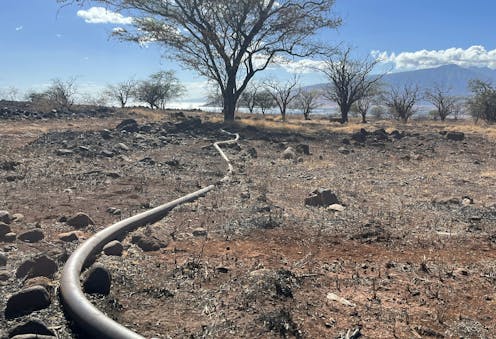
The wildfires that burned across Maui, Hawaii, in August 2023 became the deadliest conflagration in the United States in more than a century. While the harm to homes and tourism drew the most attention, agriculture was also heavily affected across the island, and the harm did not stop once the flames were out.
In some cases, fires smoldered underground for weeks. Water systems were destroyed, and some were contaminated in ways scientists are only beginning to understand.
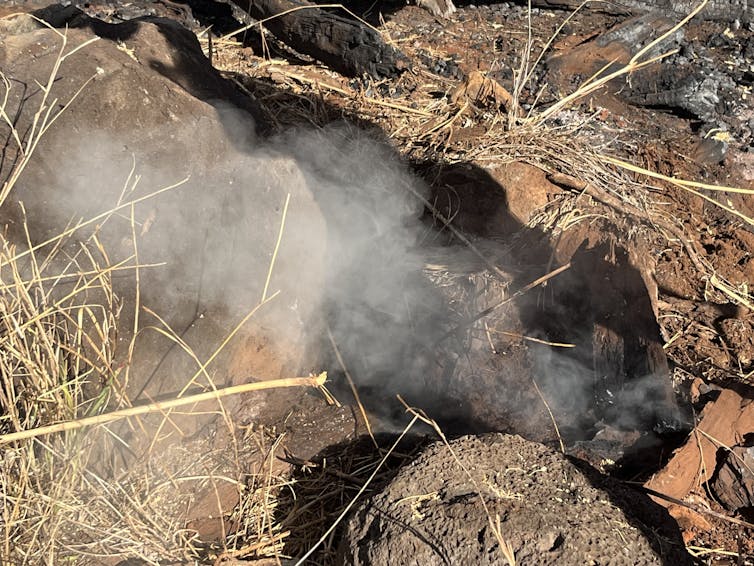
As an environmental engineer, I work with communities affected by wildfires and other disasters. I also led a team of university and public works professionals to assist in Maui’s response to the fires.
In a new study based on that effort, my team worked with the Hawaii Department of Agriculture to assess damaged water systems, including water pipes, wells and pumps that are essential for livestock and crops. It was the first study of its kind to examine wildfire damage to agriculture water systems.
The results show the types of damage that can occur when a fire burns through property, and they offer a warning to agricultural regions elsewhere. With the U.S. averaging over 60,000 wildfires and 7.2 million acres burned each year, it is clear that wildfires have become a whole-of-society problem.
Contaminated water infrastructure poses risks
Wildfires often knock out power, which can disable water pumps that farmers and ranchers rely on. They can also damage pipes in ways that can release toxic chemicals and have long-lasting effects.
Recent municipal water system studies by my team and others have shown that water sources and even the pipes and tanks can become unsafe to use. Studies in fire-swept areas have found levels of volatile organic compounds, or VOCs, such as benzene, a carcinogen, above hazardous waste limits. Exposure to this water can cause immediate harm to people.
When water pumps stop working or components are destroyed, municipal water systems lose pressure. When that happens, VOCs can enter from heated or burning plastics, structures and vegetation.
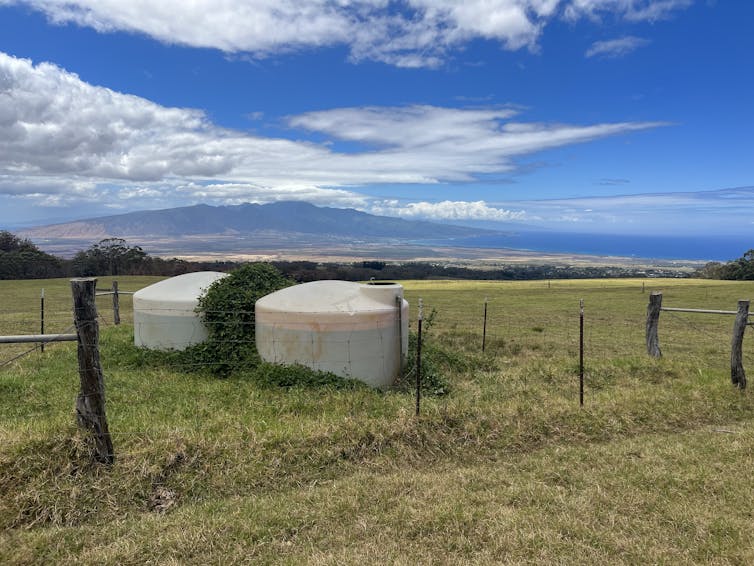
An insidious challenge is that VOCs penetrate plastic water lines, gaskets and tanks like water going into a sponge. Even after bad water is flushed out, chemicals can leach from the plastic and make the water unsafe for weeks to months. Damaged components have to be replaced.
In the wake of the Maui fires, however, there was no immediate guidance on how farmers and ranchers should inspect and test their water systems.
Learning from Maui’s experience
Farms and ranches had many plastic water system components. On one ranch, fire destroyed more than nine miles of plastic water pipe. Much of the pipe ran above ground alongside fencing, which also burned.
Plastic irrigation systems were destroyed. Numerous other components melted, were leaking or lacked water. The loss of power sometimes prevented water pumps from keeping the pipes full of water.
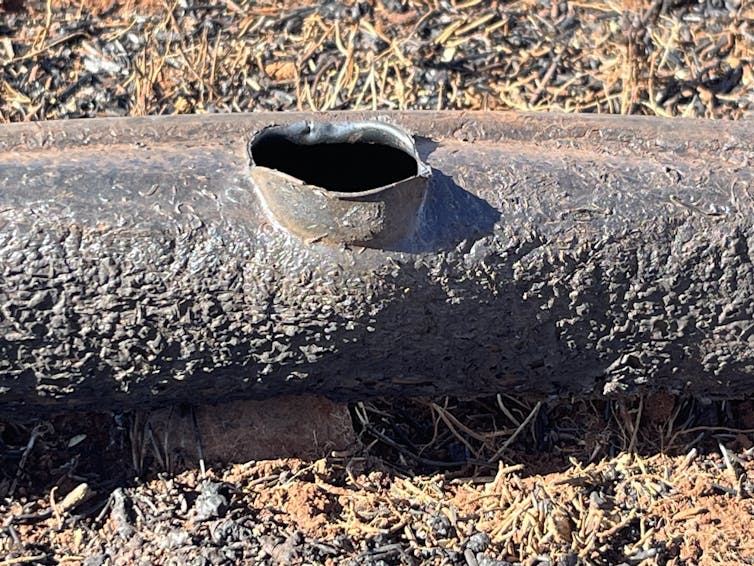
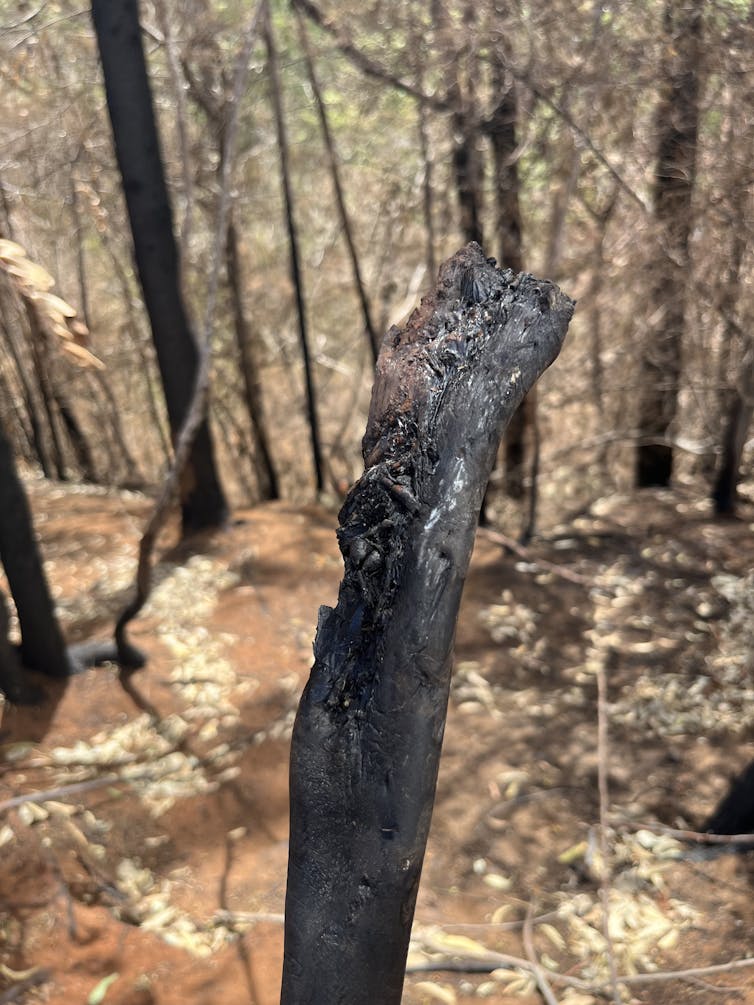
While wells can become contaminated and well casings can burn, the wells themselves were not contaminated. This was mostly because the wells were set back from combustible materials and because firefighters and property staff helped to protect them.
Debris and particles from smoke, however, did enter animal troughs, buckets and waterers. These items had to be drained and cleaned for the safety of the animals. Water systems were repeatedly flushed with clean water after the fire, and VOC testing of the water supplies did not find lingering contamination.
Lots of questions still to answer
There are still many unanswered questions. Since there was no VOC testing procedure for agricultural water systems before the fires, there is no data to show the frequency and severity of this kind of contamination.
Not all municipal water systems that suffer fires become contaminated. Contamination is related to differences in the sites, systems and the fires themselves.
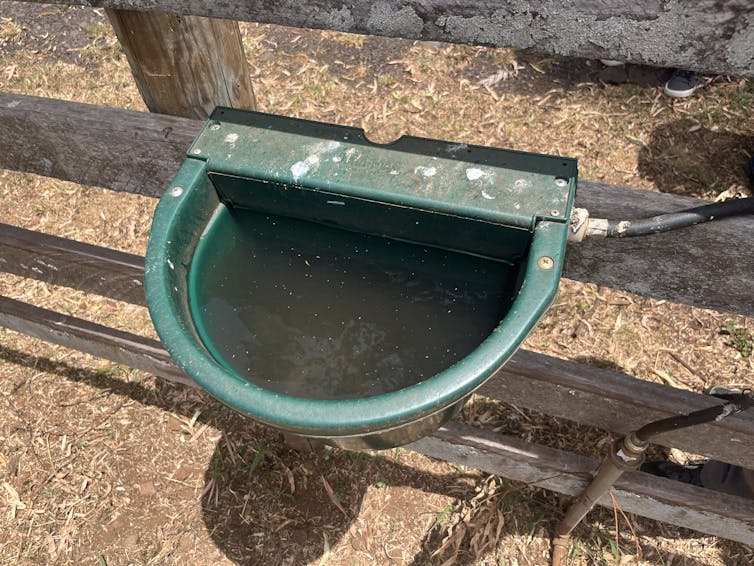
There is also no data on the degree to which this wildfire-contaminated water would harm animals and crops. Would animals avoid the water and become dehydrated? Can crops become contaminated? Will exposure affect the meat of livestock? Many of these unanswered questions will require the expertise of veterinary medicine and crop and soil scientists.
What are the solutions?
One thing that was clear is that farmers and ranchers lack adequate guidance to prevent wildfire-caused pollution of their water systems. Some practical lessons learned can help these community members bounce back:
Defensible space should be established by keeping equipment 30 feet away from combustible materials. Burying plastic components 3 feet underground helps protect them from fire.
Similar to municipal water systems after a fire, damaged agriculture water system components should be isolated. Pipes and tanks should be rapidly refilled and extensively flushed with water to help remove potential contamination.
Water delivery devices, including troughs, buckets and tire waterers, should be drained and cleaned. When contamination is a concern, chemical water testing should be conducted. In some cases, components will have to be replaced.
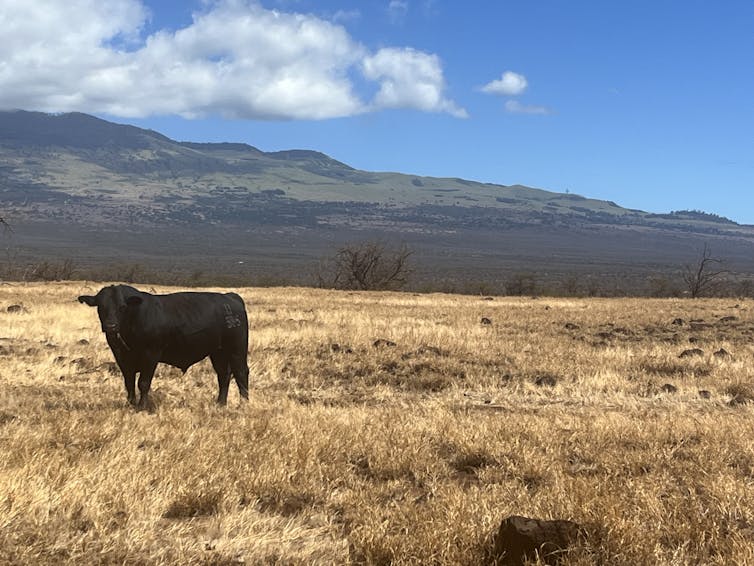
A 2024 survey of California farmers shows that the top three resources “relied on and wished for during wildfire” were generators, water pumps and water storage tanks. These items would help prevent water system pressure loss and contamination.
Who can help?
Wildfire risk to farms and ranches can be reduced. State and federal agriculture departments and insurance companies can provide financial assistance. Technical assistance is available from universities.
Lessening the impact of wildfires and expediting recovery can help farms and ranches do yeoman’s work to support health and the economy.
Andrew J. Whelton receives funding from the U.S. National Science Foundation, U.S. National Institute for Environmental Health Sciences, U.S. Environmental Protection Agency, U.S. National Institute of Occupational Safety and Health, City of Louisville, Paradise Irrigation District, Paradise Rotary Foundation, the Water Research Foundation, and crowdfunding.
Read These Next
New materials, old physics – the science behind how your winter jacket keeps you warm
Winter jackets may seem simple, but sophisticated engineering allows them to keep body heat locked in,…
West Antarctica’s history of rapid melting foretells sudden shifts in continent’s ‘catastrophic’ geo
A picture of what West Antarctica looked like when its ice sheet melted in the past can offer insight…
The world risks forgetting one of humanity’s greatest triumphs as polio nears global eradication − 7
Polio may finally be defeated in the next 5 years. Will the world recognize what an extraordinary achievement…





